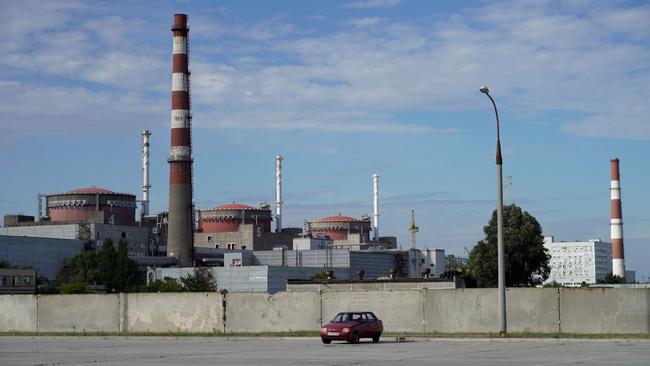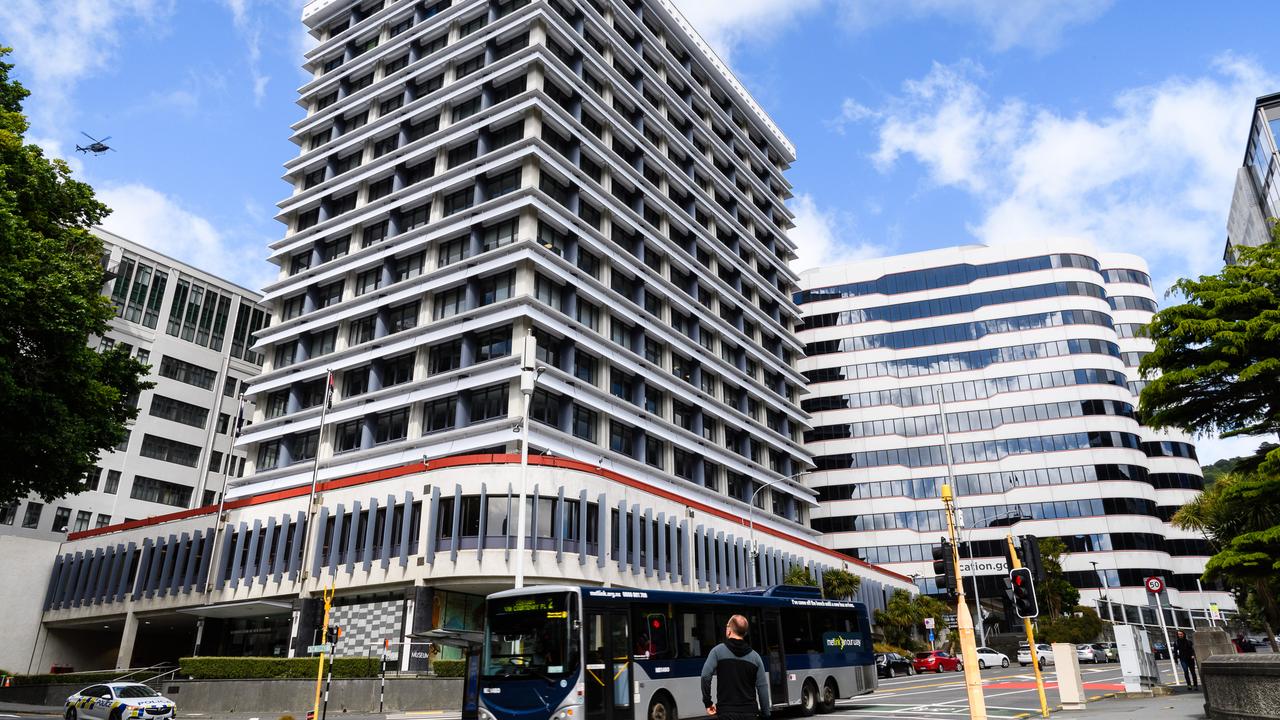UN atomic energy chief to deploy observers to Ukraine plants
Kyiv hopes an expanded United Nations presence will deter further Russian attacks on infrastructure.

The head of the UN atomic agency plans to visit Ukraine next week to deploy international inspectors at all of the war-torn country’s nuclear plants, significantly expanding the regulator’s presence after months of attacks on power stations and amid the threat of a renewed Russian offensive.
The agency’s director-general Rafael Grossi plans to station two or three inspectors at the South Ukraine, Rivne and Khmelnytskyi power plants, according to Ukrainian officials and Western diplomats. Power lines to the latter two were struck in a November 15 barrage of missile strikes that plunged both into crisis.
Inspectors will also deploy to Chernobyl, the site of the world’s largest nuclear disaster in 1986, which was occupied for 36 days at the start of the war and where dangerous radioactive materials are still stored, the officials said.
Kyiv retains control over all four sites, unlike the Zaporizhzhia plant, which Russia has occupied since March, and which Russian President Vladimir Putin declared his government’s property in an October decree.
Since September the International Atomic Energy Agency has kept a rotating team of four experts at Zaporizhzhia, Europe’s largest nuclear plant. They primarily look at nuclear safety and ensure materials aren’t diverted to military use.
The deployment will dramatically expand the IAEA’s role in the war, the first conflict in history to see the capture, occupation and attempted theft of nuclear power plants. The frontline presence has left the specialised agency to manage problems far beyond its remit to prevent the spread of nuclear material. The Vienna-based agency has become one of the few channels of communication between Moscow and Kyiv, both of which have had moments of tension with Mr Grossi.
After months of Russian missile and drone attacks on electrical infrastructure, Ukrainian officials see a UN presence at all its nuclear sites as a useful deterrent against another round of airstrikes. Ukraine, under normal conditions, gets about half its energy from its nuclear stations, including the Zaporizhzhia plant, whose six reactors have been effectively taken offline during the occupation.
“There is a deterrence factor here,” said Ed Arnold, a security analyst at the Royal United Services Institute, a London-based military think tank. “No one wants any nuclear incidents. But I don’t see the presence of UN inspectors changing Russia’s calculations.”
As winter eases, Ukrainian war planners worry that Russia could again invade from neighbouring Belarus, reattempting last February’s failed assault on Kyiv, in a fresh offensive that could imperil other nuclear sites. The Rivne plant, perched 64km from the Belarus border, could be especially hard to defend from a ground assault.
Mr Grossi will also meet Ukrainian officials in Kyiv on January 19. The deployment represents a highwire act for the nuclear regulator. The IAEA has taken an increasingly central role in overseeing Ukraine’s nuclear safety and providing equipment to its facilities since Russia’s invasion.
Mr Grossi has also helped Ukraine convince Moscow to free nuclear staff taken hostage by Russian security forces at Chernobyl and the Zaporizhzhia plant. However, the agency has faced pressure from Ukraine to disclose what its observers know about allegations of widespread abuse, kidnapping and torture of Zaporizhzhia staff, mostly outside the plant premises.
For months, the IAEA chief has tried to negotiate a nuclear safety zone that would effectively be a ceasefire area around nuclear sites, particularly the Zaporizhzhia plant. The push has garnered international support.
But it has stumbled on conflicting interpretations of what it would entail. For Ukraine, a safety zone would mean Russia removes all armed personnel and military equipment from the area, effectively surrendering the plant to Ukraine. For Moscow, it would require Ukraine to hold off on trying to recapture the plant, effectively ceding it to Russia.
The agency raised warnings about the nuclear risks from the conflict in the first days of the war, sending inspectors to visit Chernobyl after Russian forces left the site. In September, Mr Grossi visited Zaporizhzhia.
The agency needed months to get Ukrainian and Russian sign-off on a deployment to Zaporizhzhia in particular. Some Ukrainian officials initially worried the UN presence would validate Russia’s control of the site. Over time, it has instead become one of the government’s best windows into conditions at the occupied plant.
Last month, Mr Grossi and Ukrainian Prime Minister Denys Shmyhal agreed the IAEA should establish a continuous presence at all Ukrainian sites. The agency said in a report the teams would provide “stepped-up efforts to prevent a nuclear accident.” The agency has said the permanent presence of inspectors would allow the IAEA to provide technical support and assistance to Ukraine’s workers and ensure reliable information is provided to Vienna in the event of an incident.
People familiar with the plans also say the presence of the inspectors themselves could help deter attacks on the plants, although fighting has continued in and around Zaporizhzhia since September when the IAEA team was established.
The Wall Street Journal


